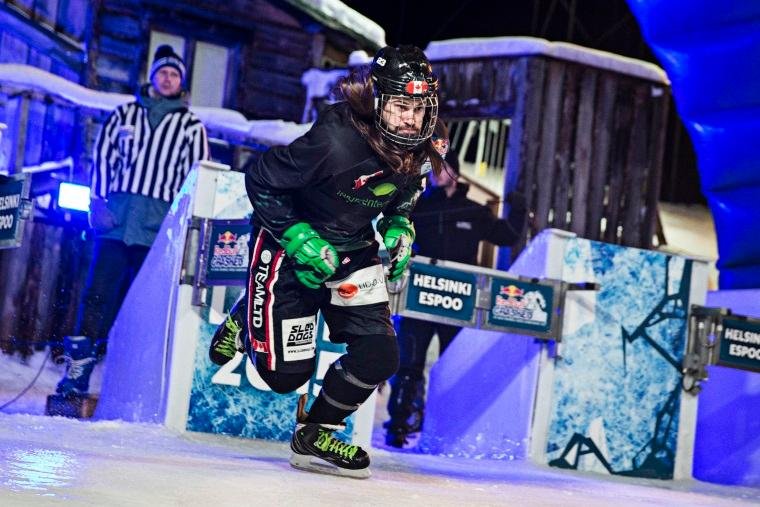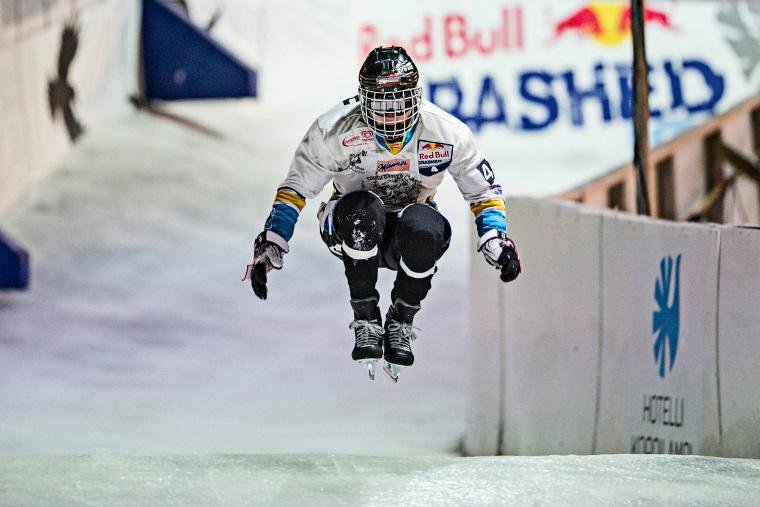Fabian Mels, of Germany, was leading the field of the International Shootout on Friday when the competition had to be interrupted due to deteriorating ice conditions after 50 of the 72 international athletes had raced down the track. Mels posted a time of 27.30 seconds down the 330-metre-long track, while Coleton Haywood, of Canada, was holding in second position on 27.69s and Austria's Luca Dallago was in third, in 27.74s.
There were, however, 12 top international riders - including world championship leader Kyle Croxall, of Canada, and defending champion Marco Dallago, of Austria - who had not yet had a chance to compete when the International Shootout was halted due to deteriorating ice conditions caused by unseasonably warm temperatures.
The top 32 from the national and international shootouts will advance to Saturday evening's finals. The main event is set to start at 6.45pm (local time) / 5.45pm (CET).

"Natural ice tracks are more challenging but the conditions are a real challenge for ice cross downhill athletes because you never know what the weather will bring," said Marco Dallago. "It's just the nature of the sport."
The natural ice track in Helsinki is the only major ice cross downhill stop on a natural ice track this year. The riders have to adjust to the small but important differences of racing on the natural ice after the season opener was held on an artificial ice track in Saint Paul, Minnesota. The next two races in Belfast, Northern Ireland, and Edmonton, Canada, will also be on artificial ice surfaces. In general, natural ice tracks tend to be bumpier and more challenging with a greater variation of the ice conditions from the start high up on the mountains to finish lines down in the valleys than the more perfect and consistent ice conditions throughout created by cooling systems that are buried beneath the artificial ice tracks. Natural ice tracks are also more dependent on the whims of mother nature.
Ideally, all Red Bull Crashed Ice race tracks have at least 10 centimetres or more of ice layers built up in the weeks before the racing weekend. Artificial tracks are kept frozen with the cooling system and it takes about four to five days of constant spraying of water to achieve a thickness of 10-15 centimetres. With natural ice tracks, it can be more difficult to get the desired thickness because it can take longer than that if the temperatures rise above freezing – as has been the case in recent weeks in Helsinki.
Go here to read more about the tracks and, for more on the event, visit redbullcrashedice.com/helsinki.





